4070 Etiwanda Ave. Unit C Jurupa Valley, CA 91752
(Walk-Ins Welcome)
4261 Odyssey Dr. Unit 111 Corona, CA 92883
(Only by Appointment)
Dot Drug Test Price
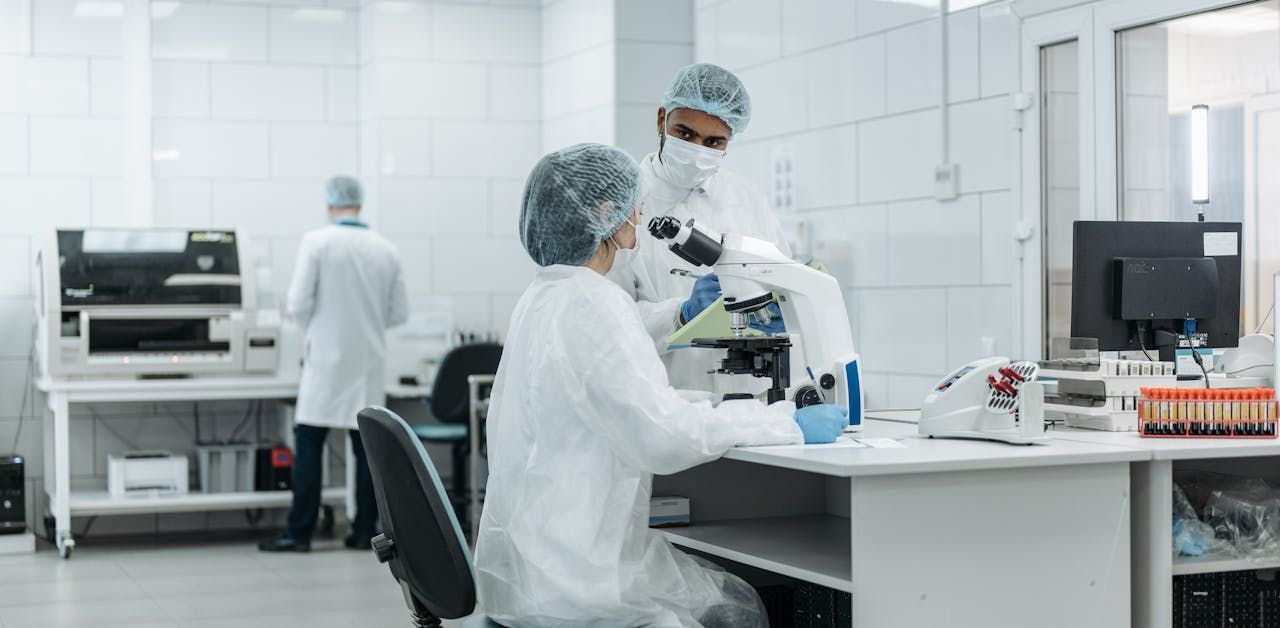
Navigating DOT drug testing can be complex, akin to driving through fog – unclear and uncertain. Among the pivotal concerns is understanding the costs associated with DOT drug tests.
Knowing these prices is critical for both employers ensuring compliance and individuals managing financial responsibilities.
In this blog post, we’ll delve into the factors influencing DOT drug test prices, empowering you to make informed decisions.
Importance of Understanding DOT Drug Test Prices:
- Budgeting and cost management enable employers to accurately plan for drug testing requirements, avoiding unexpected financial strains.
- Informed decision-making allows comparison between providers, ensuring cost-effectiveness without compromising quality.
- Maintaining compliance becomes seamless with transparent pricing, avoiding hidden fees and surprises.
- Financial preparation aids individuals in managing their expenses effectively, particularly when responsible for test costs.
Factors Affecting DOT Drug Test Prices:

The cost of a DOT drug test is not a one-size-fits-all situation. Several factors can influence the final price, making it crucial to understand these variations before making decisions.
Here are the key cost factors:
A. Test Type
Different drug tests have varying costs. The most common, urine tests, typically fall within an affordable price range. However, more specialized tests like hair follicle testing generally come at a premium due to their complexity and longer detection windows.
The Five Types of Drug Testing
Drug testing is not a uniform process – the specific method used depends on the type of drugs being detected and the desired outcome.
Here’s a breakdown of the five major types of drug tests, each with its own advantages and limitations:
1. Mouth Swab (Saliva) Tests:
- Benefits: Quick, non-invasive, user-friendly, and readily available for home use.
- Limitations: Relatively expensive compared to urine tests, and may not detect long-term drug use.
- Cost: Ranges from $5 for single-panel strips to $69 for lab-tested 5-panel tests.
2. Urine Tests:
- Benefits: The most common and cost-effective option, with established protocols and a wide range of panels available.
- Limitations: Detects past usage, not current impairment. Can be easily tampered with and has a limited detection window (typically less than a week).
- Cost: The cheapest option, ranging from $49 for a 5-panel test to $85 for a 12-panel test.
3. Blood Tests:
- Benefits: Most accurate test, detecting the actual drug and not just metabolites. Results are reliable for legal purposes.
- Limitations: Invasive and expensive, with a limited detection window for some drugs. Not suitable for everyone due to needle phobia.
- Cost: The most expensive option, ranging from $85 for a single-substance test to $279 for a 10-panel lab test.
4. Hair Follicle Tests:
- Benefits: Detects drug use over a longer period (up to 90 days), providing insight into usage patterns. Less susceptible to tampering and not a biohazard.
- Limitations: Does not show current impairment or drug levels. Takes longer for results (up to 2 weeks) and is more expensive than other options.
- Cost: More expensive than urine or mouth swab tests, ranging from $179 for a 5-panel drug test to $375 for a 12-panel drug test.
5. Sweat Tests:
- Benefits: Continuous monitoring option for extended detection windows. Non-invasive and tamper-resistant. Useful for treatment programs and court-mandated testing.
- Limitations: Higher risk of false positives and susceptibility to external contamination. Doesn’t differentiate between recent and past use.
- Cost: Relatively inexpensive, with monitoring patches costing around $46. Additional enrollment and daily monitoring fees may apply.
Choosing the right drug test depends on various factors, including the purpose of testing, the budget, and the desired level of accuracy and detection window. Understanding the advantages and limitations of each method empowers you to make informed decisions about your situation.
B. Number of Panels:
A panel refers to the number of different substances the test screens for. There are different panels available ranging between 5 to 18. A basic and most common 5-panel test is more affordable than a comprehensive 12-panel test that detects additional substances or specific drugs.
Here’s an overview of specific substances screened in the following most commonly tested panels:
5-panel drug test:
It detects the following substances:
- Marijuana/Cannabis (THC)
- Cocaine (COC)
- Phencyclidine (PCP)
- Amphetamines (AMP)
- Opiates (OPI)
9-Panel Drug Test
It detects the previous 5 and the following:
- 6-Acetyl Morphine (6-AM)
- Barbiturates
- Benzodiazepines
- MDMA (Ecstasy/Molly)
12-panel drug test
It detects the following addition to the above:
- Oxycodone (OXY)
- Propoxyphene
- Methadone
C. Purpose of Testing
The reason for the drug test can also influence the cost. Pre-employment testing usually differs in price from random testing or reasonable suspicion testing.
Let’s understand the cost of DOT drug tests occurring in various scenarios:
- Pre-employment Screening: It is a part of the job application process and is conducted by 90% of companies. It is affordable ranging from & 50 – $80.
- Random Testing: It is done to ensure ongoing compliance and approximately it costs the same as pre-employment tests.
- Reasonable Cause Testing: It is required due to suspicion of on-the-job impairment or excessive absenteeism and is relatively more expensive than the previous costing approximately $100.
- Return-to-Work Testing: After accidents or drug/alcohol rehab. It is the most expensive with an average cost of $200.
D. Number of Tests Needed:
The frequency of testing plays a role. Individuals requiring more frequent tests, such as those in safety-sensitive positions, may encounter different pricing structures compared to those needing a one-time test.
E. Who Mandates the Test:
Depending on whether the employer, the Department of Transportation (DOT), or another entity mandates the test, the associated costs and potential financial responsibility might differ.
F. Medical Review Officer (MRO) Review:
An MRO is a licensed physician who reviews test results and interprets their significance in the context of DOT regulations. MRO review often adds an additional fee to the overall cost.
G. Instant Testing:
Some providers offer instant results for certain types of tests (like breath alcohol tests) which typically come at a premium compared to standard testing procedures with longer turnaround times.
By understanding these factors and the complexities involved, individuals and employers can make informed choices regarding DOT drug testing, ensuring compliance, cost-effectiveness, and quality service.
Comparing DOT Drug Test Prices
Here’s a brief overview of the most commonly sought-after DOT drug tests and their average prices.
| DOT TEST | AVERAGE COST |
|---|---|
| DOT Random Drug Test (urine) | $65-$80 |
| DOT Drug Test (Pre-Employment and Re-Activate existing driver drug tests) (urine) | $65-79 |
| DOT Random Alcohol Breath Test | $65-77 |
| Breath Alcohol Test | $65-78 |
| Post Accident/Emergency After-Hours Drug Test (urine) | $110 |
| Observed Drug (Reasonable Suspicion, Return to Duty, and Follow-up tests) (urine) | $110 |
| The 5-Panel Drug Test (urine) | $75 |
| The 9 Panel Drug Test (urine) | $85 |
Dr. Arman Ghods: Affordable and Reliable DOT Drug Testing
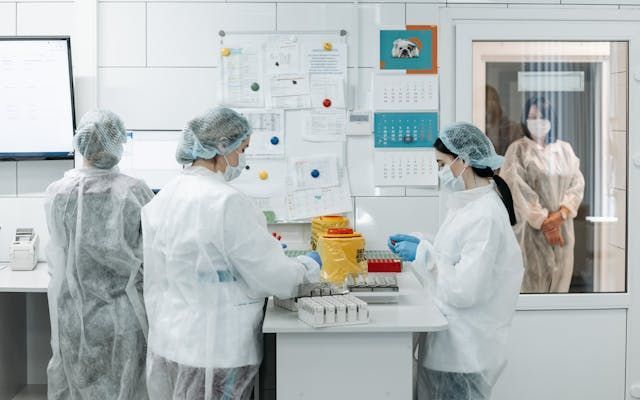
Dr. Arman Ghods’ Clinic stands as a reputable, transparent, and competitive option for DOT drug testing, offering:
- Competitive Pricing
- Transparent Fee Structure
- No Hidden Fees
- Quality Assurance
- Experienced Professionals
Contact us today for expert assistance in navigating DOT drug testing with confidence.
FAQs
-
1. Can drug testing panels be customized?
Yes, drug testing panels can be customized to check for additional substances based on organizational requirements. This includes prescription opioids, designer drugs like Ecstasy or ketamine, synthetic cannabinoids like Spice or K2, hallucinogens such as LSD or magic mushrooms, and anabolic steroids.
-
2. Can I shower and swim with my sweat patch for drug testing?
Yes, the sweat patch sticks securely with strong adhesive and is resistant to water, allowing its use during showers and swimming.
-
3. Who will pay for the retest of the DOT drug test?
The responsibility for the cost of a re-test depends on the company’s drug-free workplace policy. Typically, if the policy doesn’t specify, the employer covers the payment, enabling employees to request a second test even if they can’t afford it.
-
4. What is the cutoff for different substances detected in DOT drug tests?
Drug tests show positive if the substance amount detected surpasses set cutoff levels. Confirmation through gas chromatography and mass spectrometry (GC/MS) often follows initial urinalysis, with lower thresholds. As per Substance Abuse and Mental Health Services Administration guidelines:
- Marijuana metabolites: Initial- 50 ng/ml, Confirmatory- 15 ng/ml
- Opiate (codeine and morphine) metabolites: Initial- 2000 ng/ml, Confirmatory- 2000 ng/ml
- 6 Acetylmorphine (heroin): Initial and Confirmatory- 10 ng/ml
- Phencyclidine (PCP): Initial and Confirmatory- 25 ng/ml
- Amphetamines/Methamphetamines: Initial- 500 ng/ml, Confirmatory- 250 ng/ml
- MDMA (Ecstasy): Initial- 500 ng/ml, Confirmatory- 250 ng/ml
- Cocaine metabolites: Initial- 150 ng/ml, Confirmatory- 100 ng/ml
-
5. What are the financial penalties for driving with a positive drug test?
Driving with a positive drug test can lead to serious consequences affecting your career, including a fine ranging from $8000 to $11000.

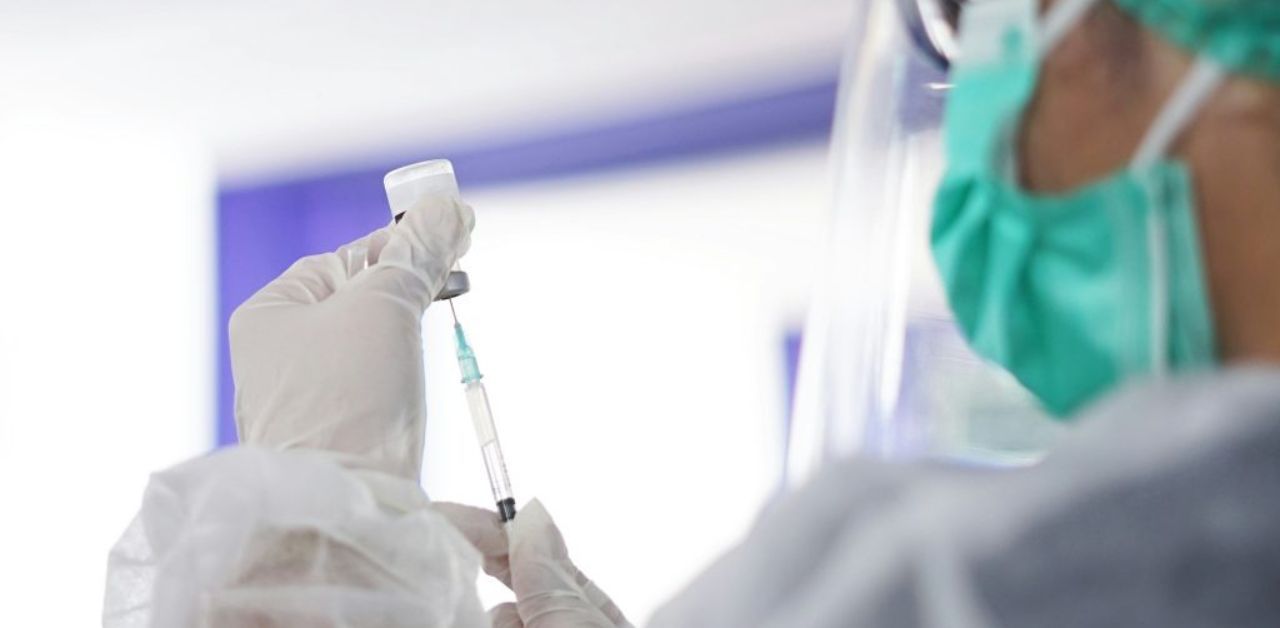
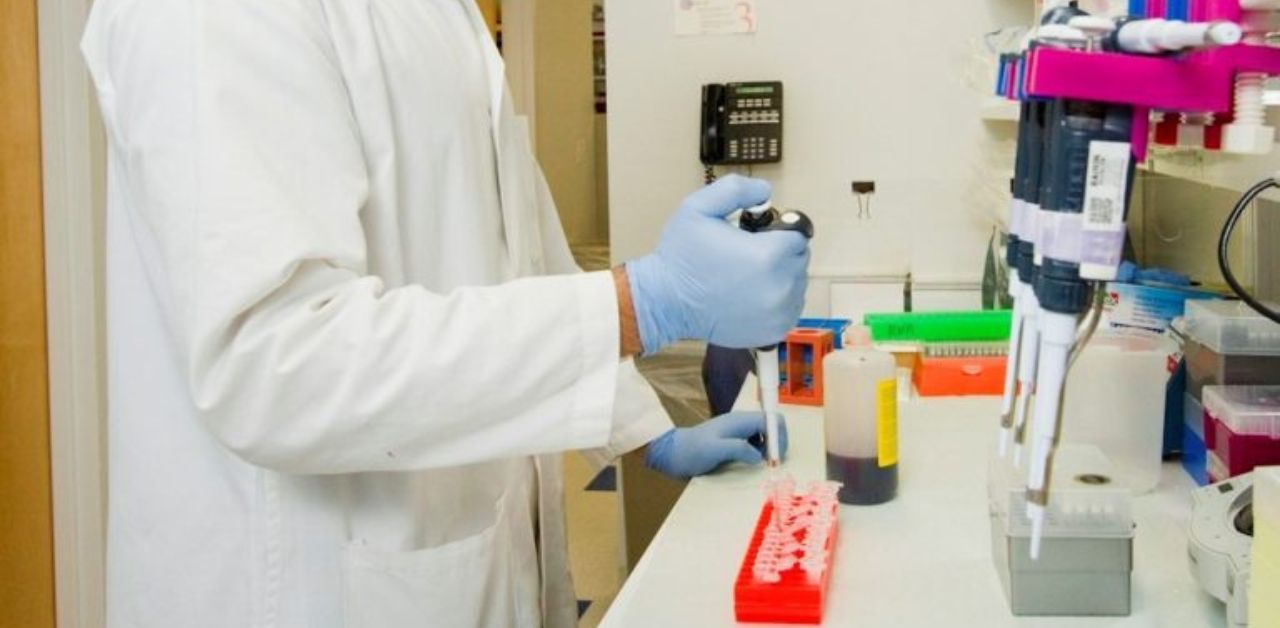
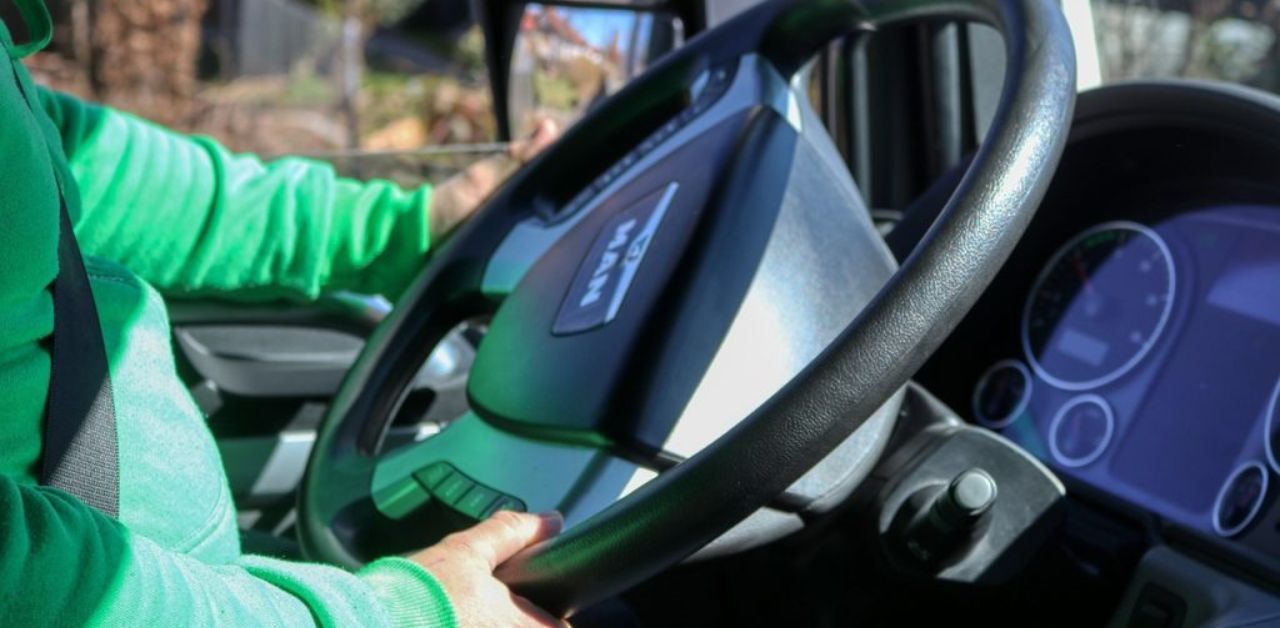
OUR LOCATIONS
4261 Odyssey Dr. Unit 111 Corona, CA 92883 (Only by Appointment)
CONTACT INFORMATION
BUSINESS HOURS
Mon - Fri: 9:00 am - 6:00 pm
Sat: 10:00 am - 1:00 pm (Corona Location)
Sun: Closed
Call for after hours (Corona Location)
Certified Medical Examiner NRCME #7855645511